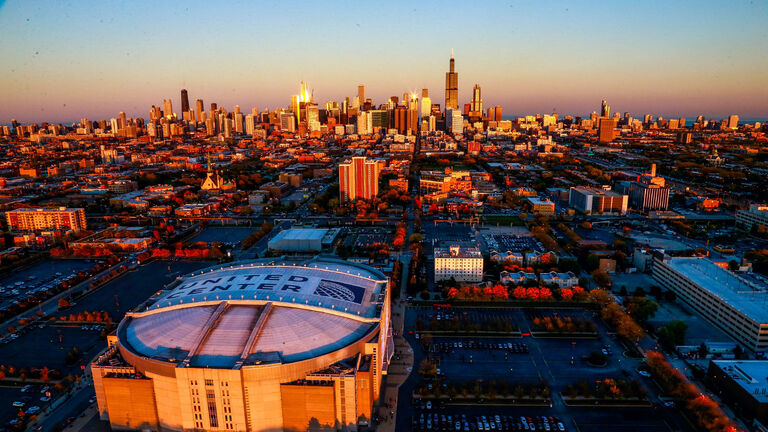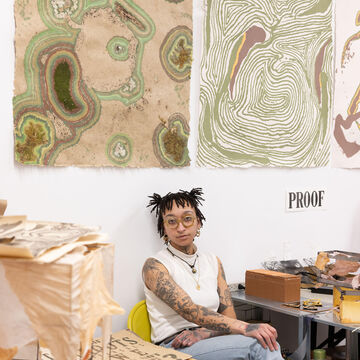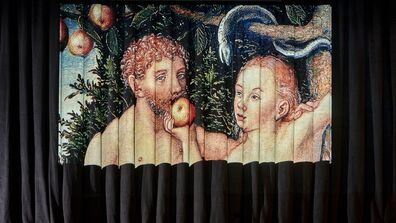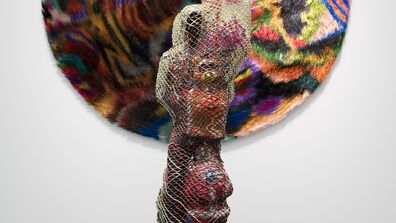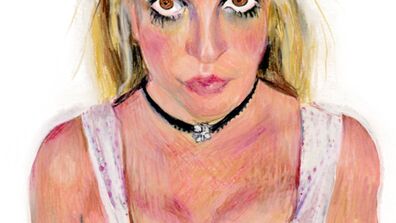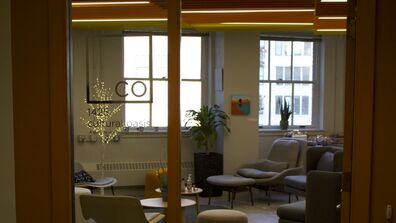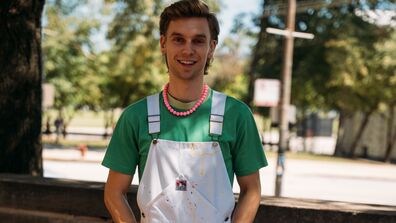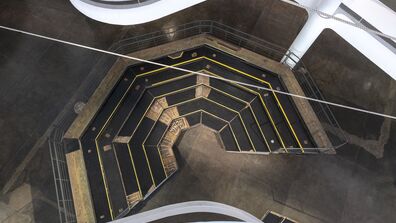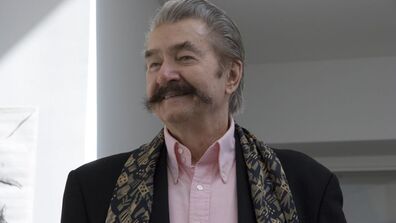President Tenny's letter from the fall 2022 issue of SAIC magazine.
Alum and filmmaker Wu Tsang (BFA 2004) discusses collaborations born of college parties, the lines between fact and fiction, and the process behind staging her latest film.
The debut of Stephanie and Bill Sick Professor of Fashion, Body and Garment Nick Cave's first-ever career retrospective celebrates his wide body of work.
School of the Art Institute of Chicago alum Laura Collins (MFA 2021) is a pop culture interpreter.
Anti-Racism Committee co-chairs Delinda Collier, interim dean for graduate studies, and Romi Crawford, director of diversity, equity, and inclusion for academic affairs, reflected on ARC's work.
See what our students were wearing on their first day of class.
Join us on September 21 to celebrate LeRoy (SAIC 1946–50, HON 2006) and Janet Neiman (HON 2015) as we mark the 10th anniversary of the vital nexus of student activity that is the LeRoy Neiman Center.
